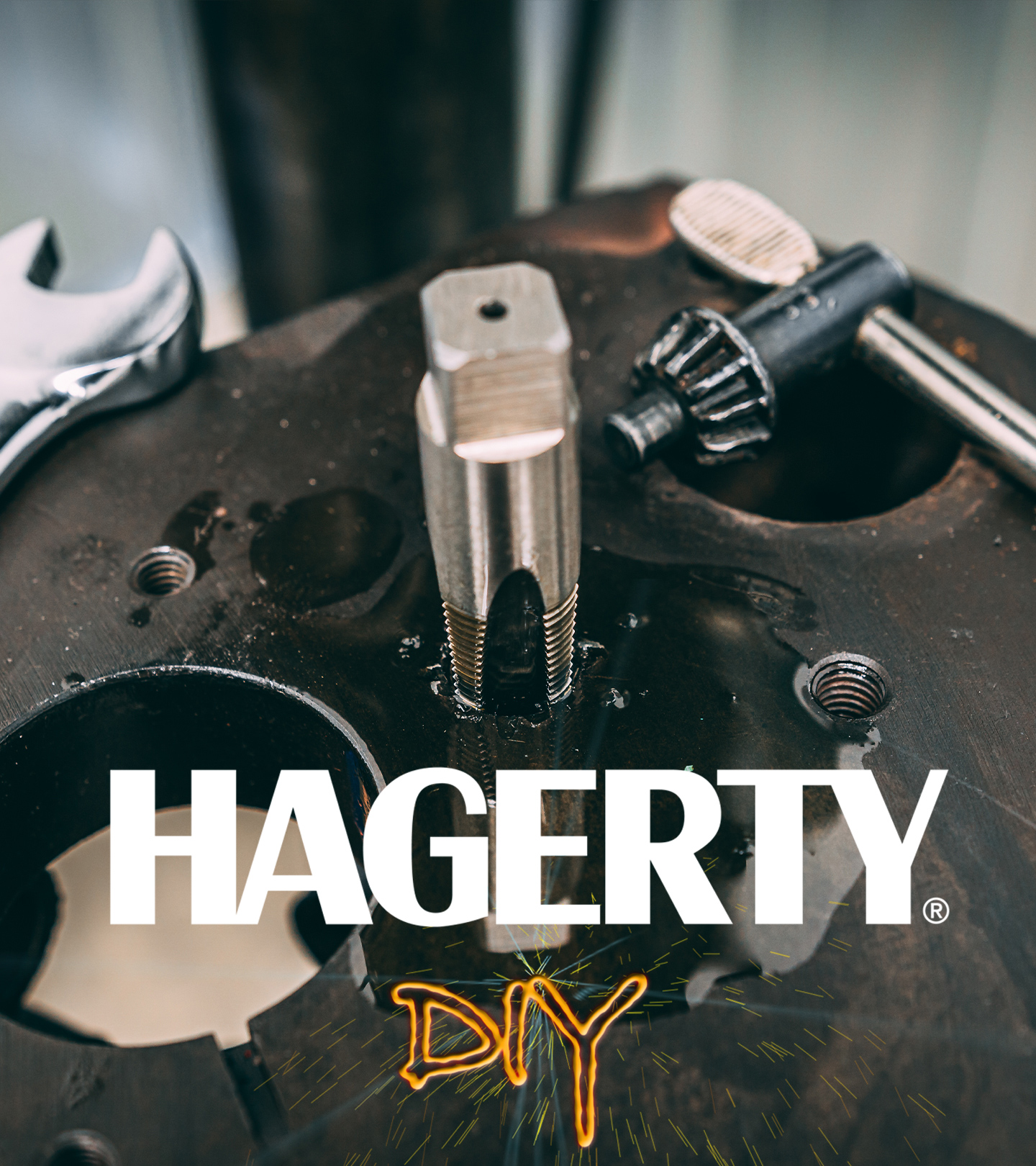Enjoy V-8 engine stories, opinion, and features from across the car world - Hagerty Media
The Honda CT70 is looking beautiful after its Redline Rebuild treatment and, of course, it’s running like a top. Davin is not one to keep secrets about the work that’s been done and what challenges arose along the way. There were plenty of updates along the way, but sometimes the best time to talk particulars is when looking at it reflectively. So Davin and lead videographer Ben sat down to talk through the nuts and bolts of this big little project.
First, Davin explains why he chose a Trail 70. “We’d been getting messages about doing something other than an engine for awhile, and motorcycles always rose to the top of the conversation. Between my personal experience with the Trail 70 and its nearly legendary status with enthusiasts, it was the perfect choice.” Of course, when it came time to pick up a restoration candidate, Davin fell back on an old maxim: Purchase the best example you can find to restore. In this case it meant a running and riding bike.
“That machine was pretty tired though. Complete, but tired.” That often makes things a lot easier for a restoration. Documenting how parts fit together during disassembly is a lot easier when they’re all there. Also it can make better financial sense to buy something with parts that can be restored rather than swiping the credit card for each missing piece. Davin guesstimates there are about as many parts into the entire Trail 70 than a single V-8 engine, which means this project might look fairly simple, but it can also be deceptively complex—mainly to keep organized once it’s all apart.
In that blown apart phase it was all about cleaning and acquiring parts. Luckily, Davin had the experts at Trail Buddy on call to help find and advise on just what he needed. They also helped rebuild the front forks and sprayed the tri-stage candy paint, a paint that surprised Davin both then and now. “It really blows me away that Honda would have done such a complicated paint process on what amounts to a kids bike. These were often used and abused, and that paint makes touch ups really difficult.” No matter when he was re-spraying the entire frame.
Then it came down to assembly, which is where this man thrives. Between Davin’s trusty shop manual and the guys at Trail Buddy, the bike slipped together quite quickly. Now it’s ready for some off road adventures—right after someone puts the first scratch in that beautiful paint. Davin is still a bit squeamish, but he knows that after that first ding, all bets are off. This bike was made to have fun, and that’s what it’s going to do.
To keep track of this and other projects in the Redline Garage, be sure to subscribe to the Hagerty YouTube channel. — Kyle Smith
Thanks to our sponsor RockAuto.com, an auto parts retailer founded in 1999 by automotive engineers with two goals: Liberate information hidden behind the auto parts store counter (by listing all available parts, not just what one store stocks or one counter-person knows), and make auto parts affordable so vehicles of all ages can be kept reliable and fun to drive. Visit RockAuto.com to order auto parts online 24 hours a day, 7 days a week, and have them conveniently delivered to your door. Need help finding parts or placing an order? Visit the Help pages for further assistance.










